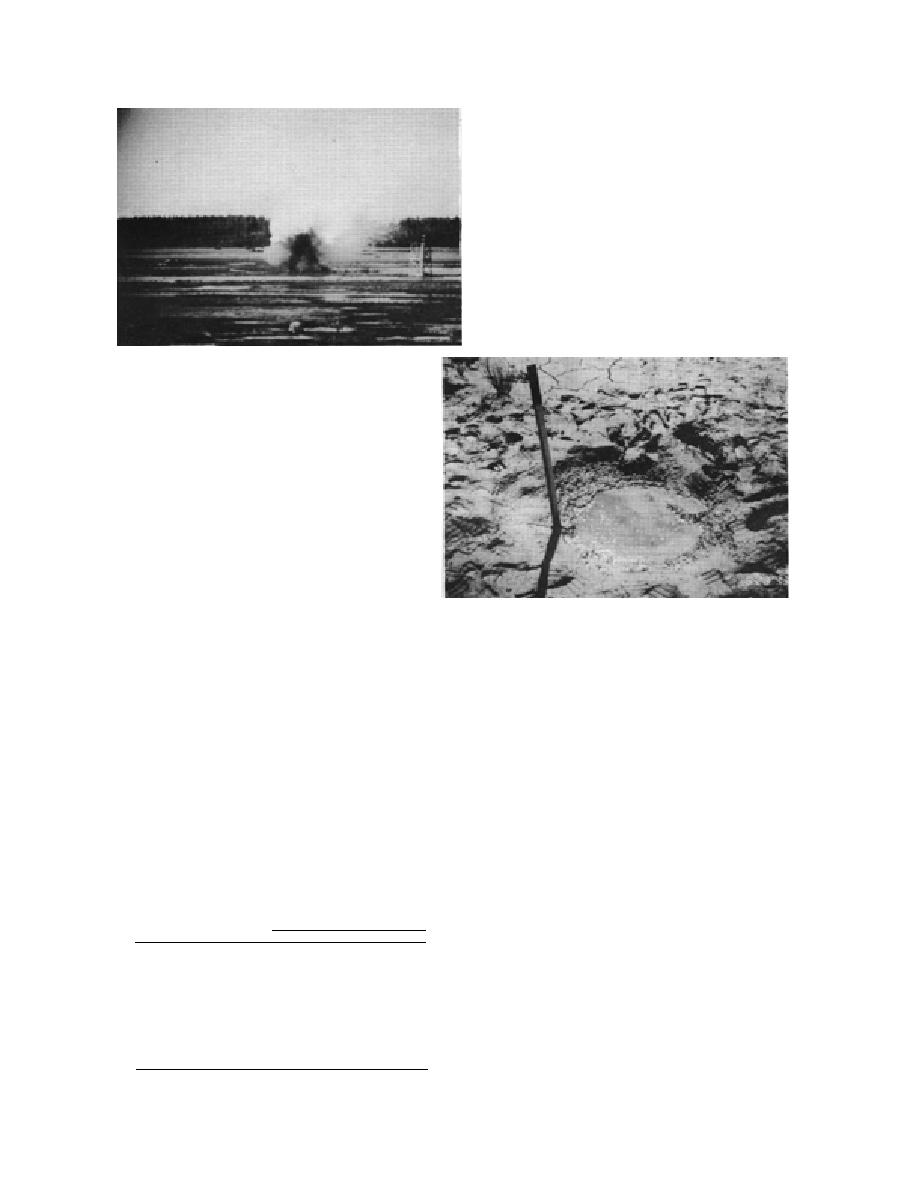
Figure 37. Detonation of a UXO, an 81-mm mortar
round that contained white phosphorus, on May
20, 1992.
Figure 38. Crater, known as "Miller's Hole," pro-
duced by detonation of a UXO that contained
white phosphorus. White phosphorus concentra-
tions in sediment from the rim and bottom of the cra-
ter have been measured each spring and fall since the
explosion.
other order-of-magnitude change (approximately
decrease was greater than 99.9% and after 93 days
99% decrease) has taken two years. Even with the
was greater than 99.999%. When sampled in June
uncertainty associated with subsampling error,
1993 and May 1994 there has been an apparent in-
the general trend has been a decrease in P4 con-
crease in concentration from the previous Aug-
centration in the crater center since June 1992,
ust. Most likely some mixing of sediment may
with the majority of the change taking place over
occur when the crater is underwater or by slight
the summer. The white phosphorus concentra-
shifting of the ice at this site. When last sampled
tion in the crater rim has changed in a different
in August 1994, the surface sediment was ex-
pattern. The initial white phosphorus concentra-
posed and cracked. White phosphorus was not
tions were very high (980 g/g). After 29 days the
detectable in the rim of the crater, showing that
white phosphorus did not persist during subaeri-
al exposure during the summer.
Table 13. White phosphorus concentrations
found at Miller's Hole, a crater produced by
the detonation of a UXO (81-mm mortar
CONCLUSIONS
smoke round) in the intermittent pond of
Area C.
In laboratory experiments where P4 particles
were incubated under constant moisture con-
Concentration (g/g)
Date
Days since
tents (degree of saturation = 0.45, 0.64, 0.82, 1 or
sampled
explosion
Center
Rim
>1) and temperatures (4, 15 or 20C), P4 particles
May 20, 92
0
2400
980 (silt), 34,500
were persistent at moisture contents at or above
(orange residue)
saturation. P4 particles incubated well below sat-
June 18, 92
29
5600
0.237
Aug. 21, 92
93
184
0.00427
uration (s = 0.45 or 0.64) were lost within 24
June 23, 93
399
187
0.0175
hours at 20C and within 30 days at 15C, but
Aug. 27, 93
464
81.5
0.00177
they persisted over the time interval tested (ap-
May 16, 94
726
49.5
34.1*
proximately 60 days) at 4C. For samples incu-
Aug. 30, 94
832
9.5
< 0.00088
bated slightly below saturation (s = 0.82), the re-
* Crater under water. Sediment very fluid.
34



 Previous Page
Previous Page
